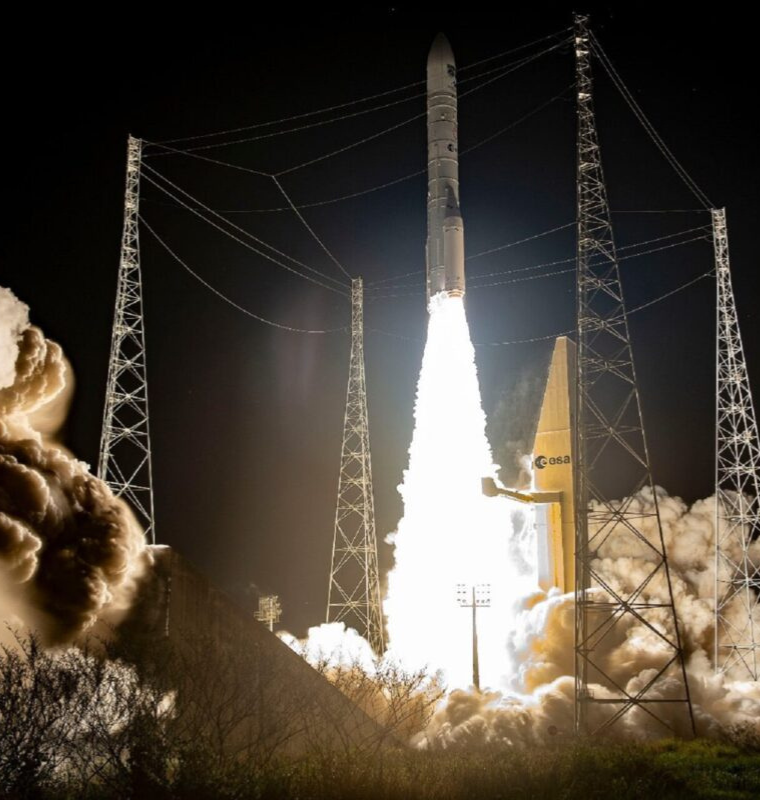Rivian Cuts Over 600 Jobs Amid EV Market Slowdown and Shifting U.S. Regulations
Rivian Cuts Over 600 Jobs Amid EV Market Slowdown and Shifting U.S. Regulations
By
Rachel Steinberg
Last updated:
October 24, 2025
First Published:
October 24, 2025

Photo: Baker City Herald
Rivian Automotive, one of the most closely watched electric vehicle (EV) startups in the U.S., is laying off more than 600 employees, representing roughly 4.5% of its total workforce, in an effort to streamline operations and control costs amid a tougher-than-expected market environment.
The news, confirmed through an internal memo from CEO RJ Scaringe and multiple reports, underscores growing pressure on the EV industry as consumer demand cools, incentives shrink, and production costs remain high.
A Strategic Restructuring
In his message to employees, Scaringe explained that the job cuts will mainly affect teams within marketing, vehicle operations, sales and delivery, and mobile services. The goal, he said, is to “rethink how we are scaling our go-to-market functions” in light of evolving economic and regulatory conditions.
“These are not changes made lightly,” Scaringe wrote. “With the changing operating backdrop, we had to adjust how we scale efficiently. The dedication and contributions of our departing colleagues are deeply appreciated.”
Rivian ended 2024 with just under 15,000 employees, meaning the layoffs will impact about one in every twenty staff members.
Regulatory and Market Headwinds
Rivian’s decision comes as U.S. electric vehicle makers face major headwinds under new policy changes introduced by the Trump administration, including the removal of the $7,500 federal EV tax credit. The elimination of this incentive has directly impacted affordability for consumers and slowed overall adoption rates.
At the same time, the global EV market is experiencing a period of recalibration. Industry data shows that EV sales growth in the U.S. dropped from 46% in 2023 to 18% in 2024, reflecting broader consumer hesitation amid higher interest rates and limited charging infrastructure.
Financial Strain and Production Challenges
Despite posting a 32% increase in vehicle deliveries year-over-year in the third quarter — reaching 13,201 units — Rivian continues to grapple with heavy financial losses. The company reported a $1.1 billion loss in Q2 2025, narrowing only slightly from the previous quarter.
Rivian now expects an adjusted core loss between $2 billion and $2.25 billion for the full year, higher than its earlier forecast of $1.7 billion to $1.9 billion. This widening loss reflects persistent challenges in scaling production while managing costs tied to raw materials and supply chains.
To manage these pressures, Rivian has tightened its 2025 delivery forecast, now expecting between 41,500 and 43,500 vehicles, down from an earlier estimate of up to 46,000 units.
Preparing for the R2 Launch
The restructuring is also intended to prepare Rivian for the upcoming launch of its R2 lineup, a smaller and more affordable model expected to enter production next year. The R2 is seen as Rivian’s best opportunity to compete more directly with Tesla’s Model Y and Ford’s Mustang Mach-E in the midrange EV market.
Scaringe emphasized that the company’s long-term success depends on achieving operational efficiency and profitable growth:
“These decisions are essential to ensure we can deliver on our potential as we scale toward becoming a sustainable and profitable business.”
Stock Reaction and Industry Impact
Rivian’s shares closed 1.3% higher at $13.09 on Thursday, though the stock remains down nearly 2% for the year. The slight uptick suggests investor confidence in Rivian’s cost-cutting efforts despite the near-term challenges.
However, analysts warn that Rivian’s position remains delicate. Competition from Tesla, BYD, and legacy automakers entering the EV space has intensified. Moreover, the reduction in federal incentives could create a pricing disadvantage for newer players like Rivian that lack the economies of scale of larger rivals.
A Difficult but Necessary Move
Rivian’s layoffs reflect the harsh reality of the evolving EV market: early enthusiasm is giving way to tighter budgets and strategic recalibration. As government support wanes and consumer demand normalizes, startups like Rivian must balance innovation with discipline to survive the next phase of the electric revolution.
If the company can successfully execute its R2 launch and stabilize production costs, it could emerge stronger — but for now, it’s navigating one of the toughest stretches since its 2021 IPO.
Popular articles
Subscribe to unlock premium content
Why Mauritius Is Leading the World in Luxury Underwater Hotel Experiences

The Evolution of Mercedes-Benz From Karl Benz’s First Motorcar to Today’s Luxury and Electric Innovations

The Secret Coffee Economy of Yirgacheffe, Ethiopia, and Its Global Influence

Why Mauritius Is Leading the World in Luxury Underwater Hotel Experiences

The Evolution of Mercedes-Benz From Karl Benz’s First Motorcar to Today’s Luxury and Electric Innovations

Why Mauritius Is Leading the World in Luxury Underwater Hotel Experiences









